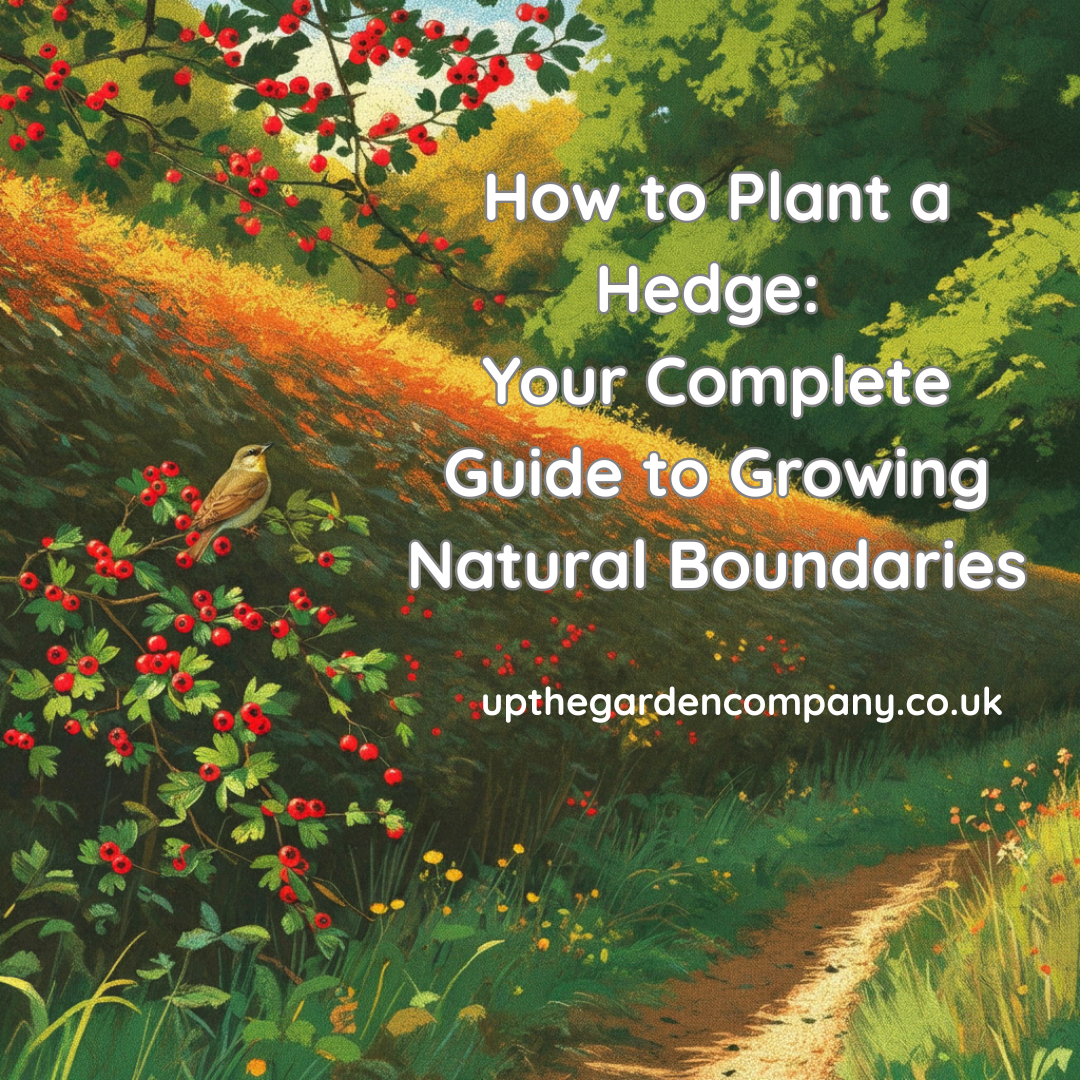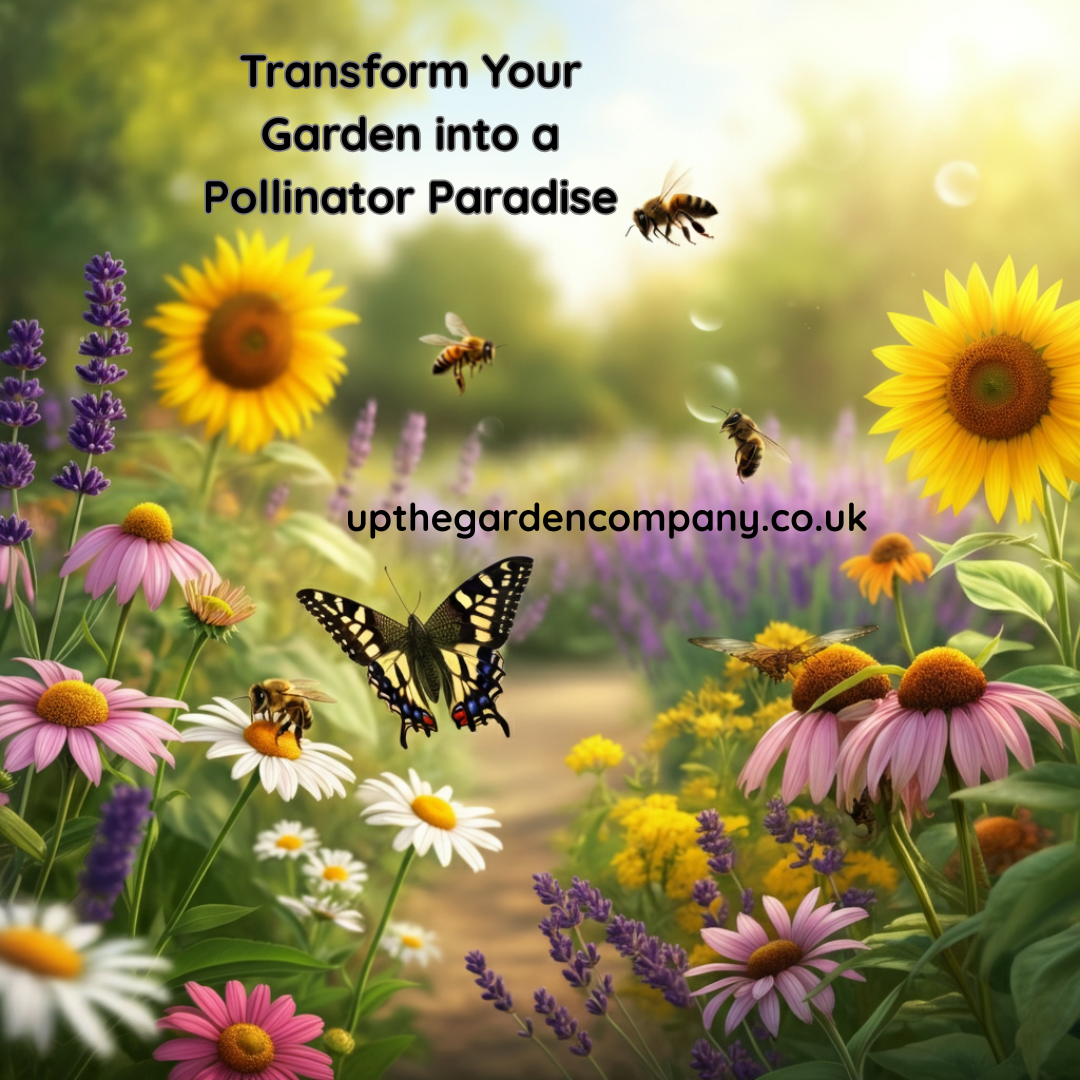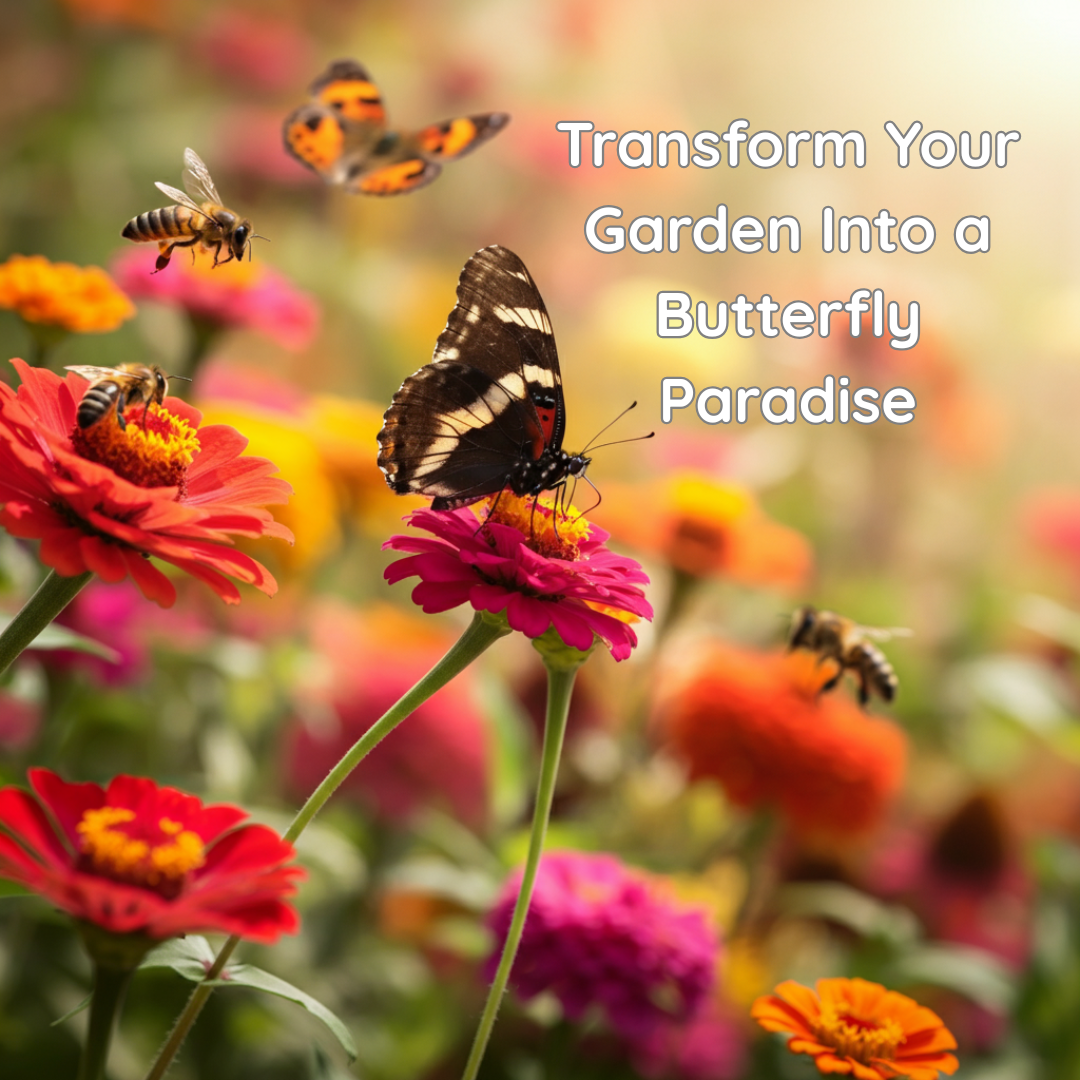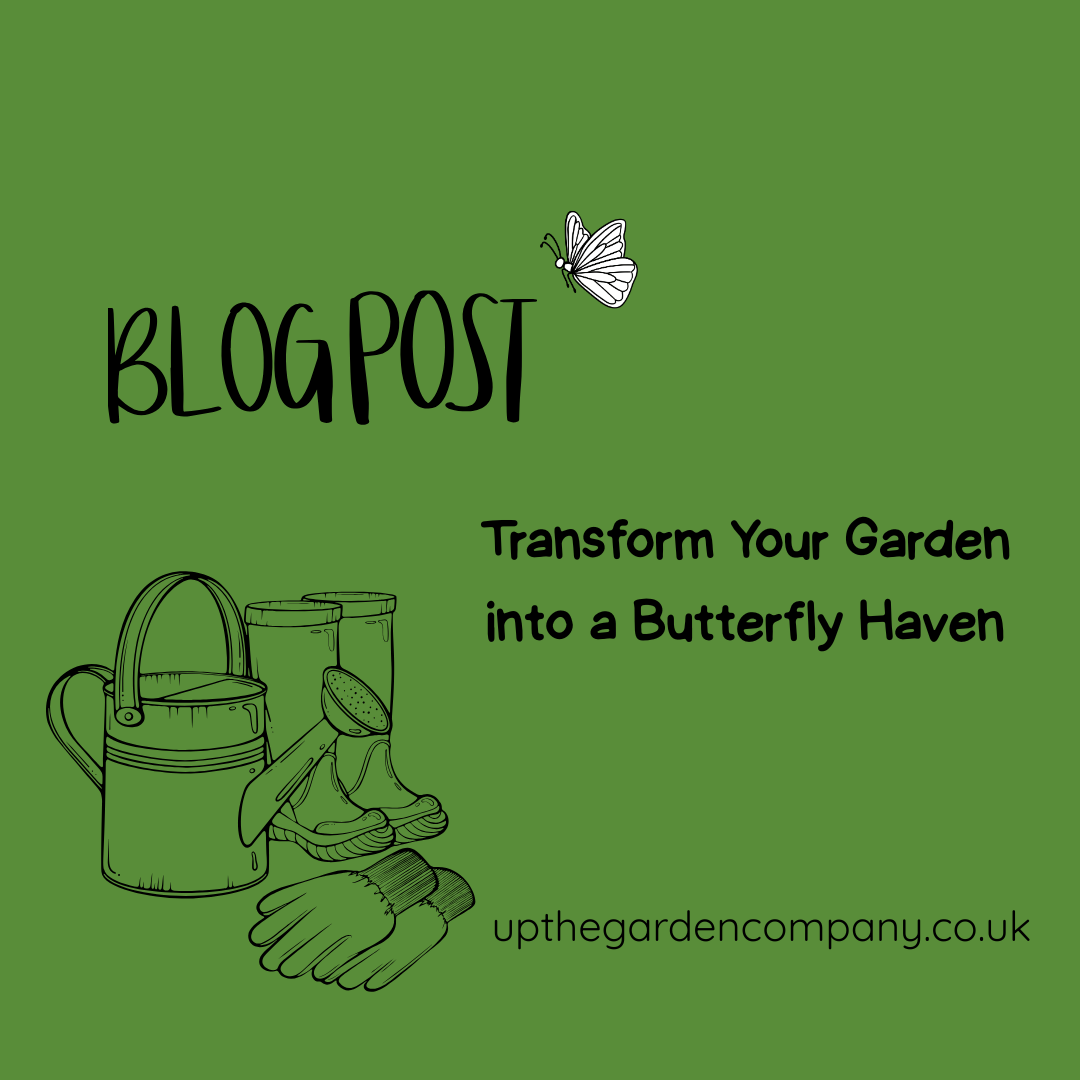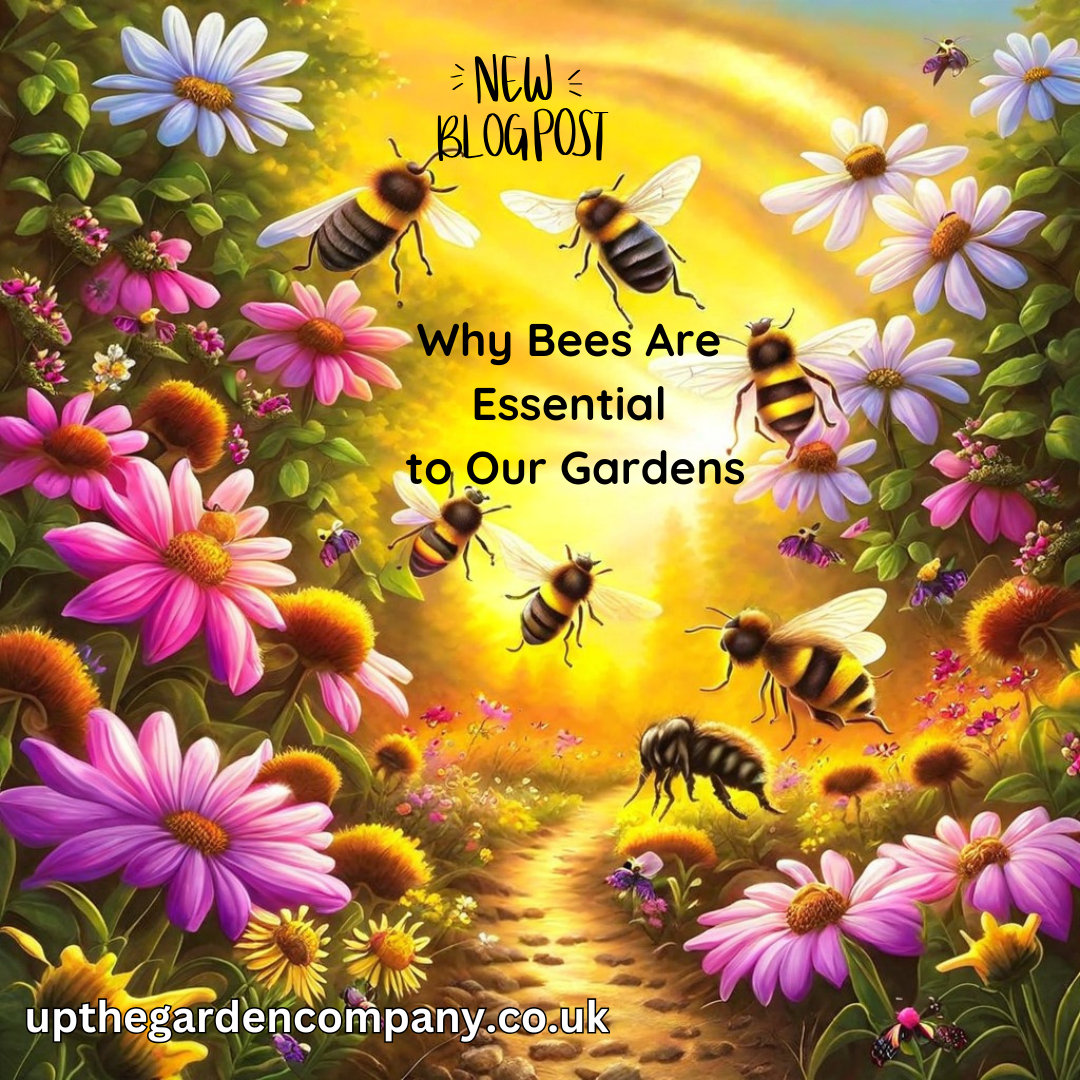Creating a hedge transforms your outdoor space into something truly special. Whether you’re seeking privacy, defining boundaries or attracting wildlife, planting a hedge offers a natural solution that grows more beautiful with each passing year.
Unlike fencing or walls, hedges provide living boundaries that change with the seasons, support local wildlife and can last for generations with proper care. The process requires patience and planning, but the rewards extend far beyond simple garden dividers. You’ll create habitats for birds, natural windbreaks and stunning features that enhance your property’s value and character.
Why Plant a Hedge?
Hedges offer remarkable versatility for any outdoor space. They create natural privacy screens that grow denser over time, providing year-round screening that no fence can match. Many homeowners discover that hedges actually increase property values whilst reducing noise pollution from neighbouring areas.
Wildlife benefits enormously from hedge planting. Native species provide nesting sites for birds, shelter for small mammals and nectar sources for pollinators. A well-established hedge becomes a miniature ecosystem supporting biodiversity right in your garden.
The environmental advantages continue with natural windbreaks that protect more delicate plants, reduced air pollution through natural filtration, and carbon absorption that helps combat climate change. Hedges also offer practical benefits like reduced maintenance costs compared to replacing fencing panels and the ability to trim to any desired height or shape.
Essential Planning Considerations
Choosing the Perfect Position
Location determines your hedge’s success more than any other factor. Survey your boundaries carefully, noting existing structures, utility lines and drainage patterns. Consider your neighbours’ perspectives and local planning restrictions, particularly if you’re planting along shared boundaries.
Measure the available space precisely, allowing room for the hedge to reach its mature width. Most hedges require 1-2 metres of growing space, though this varies significantly between species. Check for underground cables or pipes before marking your planting line.
Understanding Weather Elements
British weather presents unique challenges for hedge establishment. Prevailing winds, frost pockets and rainfall patterns all influence plant selection and positioning. Exposed sites require hardy species that can withstand strong winds, whilst shaded areas need plants that thrive in lower light conditions.
Consider seasonal variations in sunlight, particularly the winter sun’s lower angle. South-facing hedges receive maximum light but may require more watering during dry spells. North-facing positions suit shade-tolerant species but may experience slower establishment.
Selecting Plant Types
Native species typically establish more successfully and support local wildlife better than exotic alternatives. Popular choices include:
Deciduous Options:
- Beech: Retains bronze leaves through winter
- Hornbeam: Similar to beech but more tolerant of wet conditions
- Hawthorn: Fast-growing with spring flowers and autumn berries
Evergreen Choices:
- Yew: Dense, long-lived and highly versatile
- Privet: Quick-establishing with glossy foliage
- Laurel: Broad leaves providing excellent screening
Mixed Species Benefits:
Creating mixed hedges provides extended flowering periods, varied wildlife habitats, and natural disease resistance. Combine complementary species with similar growth rates and maintenance requirements.
How to Plant Your Hedge
Soil Preparation
Begin preparation at least six weeks before planting. Clear weeds and grass from a strip 1 metre wide along your intended hedge line. Double-dig the soil, incorporating well-rotted compost or manure to improve structure and fertility.
Test soil pH using a simple testing kit. Most hedge plants prefer slightly acidic to neutral conditions (pH 6.0-7.0). Heavy clay soils benefit from added grit or sharp sand for drainage, whilst sandy soils need organic matter for moisture retention.
Planting Techniques
Plant bare-root specimens between November and March when plants are dormant. Container-grown plants can be planted year-round but establish best in spring or autumn.
Space plants according to their mature spread, typically 30-60cm apart depending on species. Dig holes slightly wider than root systems but no deeper than the original planting depth. Position plants at the same level they grew previously, identifiable by the soil mark on stems.
Water thoroughly after planting, ensuring soil settles around roots without air pockets. Apply a 5cm layer of organic mulch around plants, keeping it away from stems to prevent pest problems.
Growth Expectations
Hedge establishment varies significantly between species and growing conditions. Fast-growing varieties like privet or leylandii can achieve 60-90cm height annually, whilst slower species like yew may grow only 15-30cm per year.
First-year growth focuses primarily on root establishment rather than height. Expect limited vertical growth during this period, but strong root development creates the foundation for future vigorous growth. Most hedges require 3-5 years to reach effective screening height.
Caring for Your Hedge
Year One: Foundation Building
Focus entirely on establishment during the first growing season. Water regularly during dry periods, providing approximately 2.5cm weekly. Avoid fertilising newly planted hedges, which can encourage soft growth susceptible to winter damage.
Remove weeds competing for nutrients and water. Hand-weeding or careful hoeing prevents root damage that cultivation tools might cause. Monitor for pest problems or disease symptoms, addressing issues promptly to prevent establishment problems.
Years Two to Five: Shaping the Future
Year Two:
Light trimming encourages bushier growth. Remove only the soft growing tips, never cutting into older wood. This formative pruning creates the hedge’s basic shape whilst maintaining vigour.
Year Three:
Begin proper shaping, creating the desired profile. Trim sides more heavily than the top to encourage upward growth whilst maintaining density at the base. Cut evergreens in late spring after frost danger passes.
Year Four:
Establish regular trimming patterns. Most hedges benefit from two cuts annually—late spring and late summer. Create slightly tapered sides, wider at the bottom to ensure light reaches lower branches.
Year Five:
Your hedge should reach near-mature dimensions. Continue regular maintenance trimming, adjusting frequency based on growth rate and desired formality. Well-established hedges may require only annual trimming.
Professional Hedge Cutting
Once established, proper trimming maintains health, shape and density. Sharp tools produce clean cuts that heal quickly, preventing disease entry points. Hand shears provide precision for detailed work, whilst powered trimmers handle large areas efficiently.
Timing depends on species and desired formality. Formal hedges require more frequent cutting—potentially three times annually for species like privet. Informal hedges need less frequent attention, often just once yearly after flowering.
Cut in dry conditions when possible, allowing wounds to seal before wet weather arrives. Never remove more than one-third of growth in a single session, which can stress plants severely.
Benefits and Considerations
Advantages of Hedge Planting
Living boundaries provide unmatched privacy that improves annually. Unlike artificial screens, hedges become more attractive with age, developing character and supporting wildlife communities. They offer excellent noise reduction, particularly when planted in multiple rows with varying heights.
Property values typically increase with mature hedge plantings, especially native species that require minimal long-term maintenance. The environmental benefits include air purification, carbon storage, and habitat creation that supports local ecosystems.
Potential Disadvantages
Hedge establishment requires patience, with several years needed to achieve full screening. Initial costs can be substantial, particularly for large properties or premium species. Ongoing maintenance represents a lifetime commitment that some property owners find challenging.
Space requirements may limit options for smaller gardens. Mature hedges can reduce light levels in adjacent areas and compete with other plants for nutrients and water. Some fast-growing species can become invasive if not properly managed.
Legal considerations include boundary disputes with neighbours and potential restrictions in conservation areas. Research local regulations before planting, particularly regarding height restrictions and protected species.
Growing Your Garden’s Future
Planting a hedge represents an investment in your property’s long-term beauty and functionality. These living boundaries reward patience with decades of service, growing more valuable each year whilst supporting wildlife and enhancing your outdoor space.
Start planning your hedge project by assessing your site conditions and browsing local nurseries for suitable species. Consider visiting established gardens to see mature examples of different hedge types in similar growing conditions.
Begin with proper soil preparation and choose quality plants from reputable suppliers. Remember that initial care determines long-term success, so commit to regular watering and monitoring during the establishment period.
Your hedge will become a cherished garden feature, providing privacy, wildlife habitat and natural beauty for generations to come. Take the first step towards creating your own living boundary and discover the lasting satisfaction of growing something truly worthwhile.
Further Reading: The Complete Guide to Planting and Caring for a Hedge, The Silent Invader Threatening UK Gardens – Box Blight,
